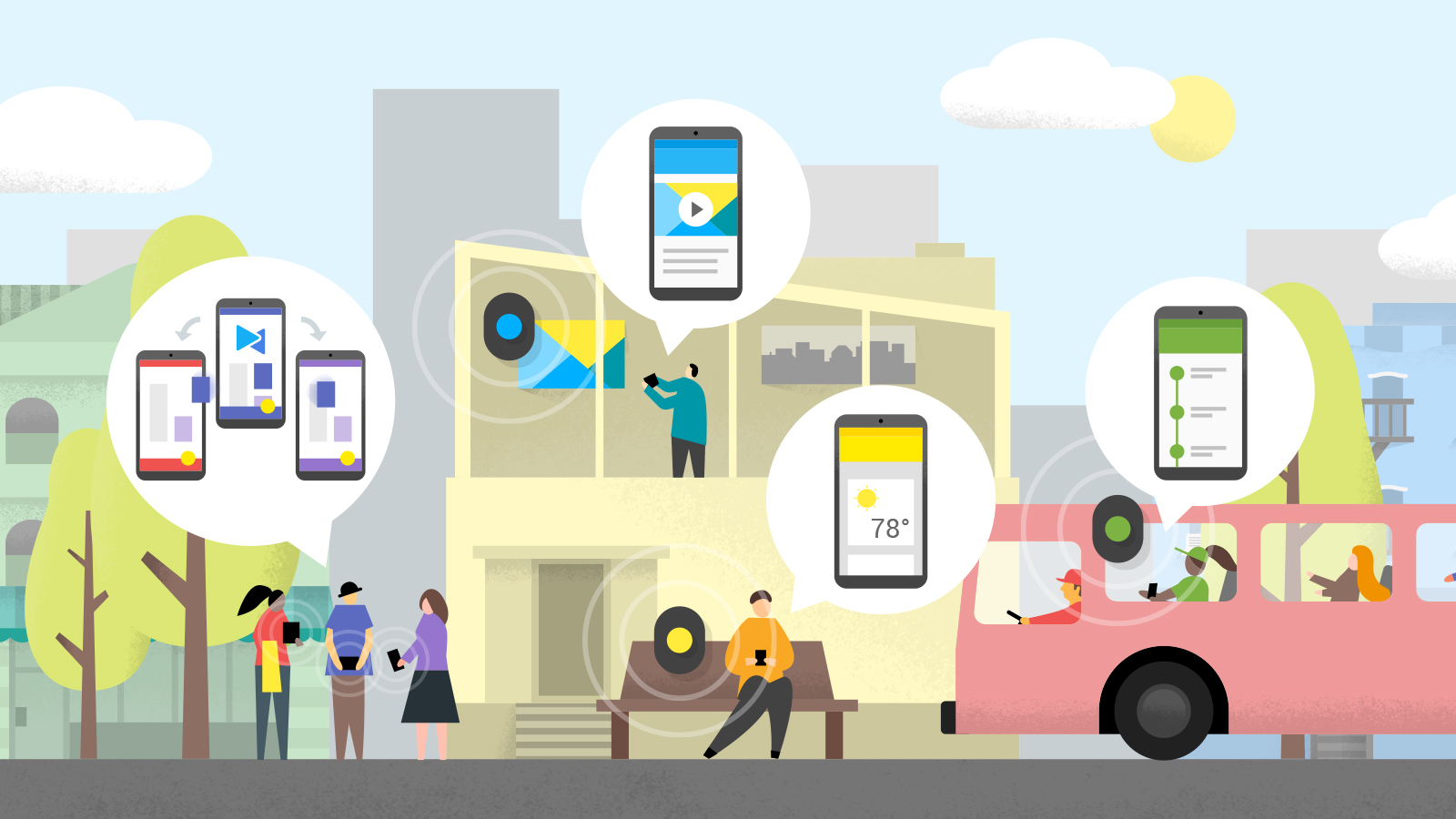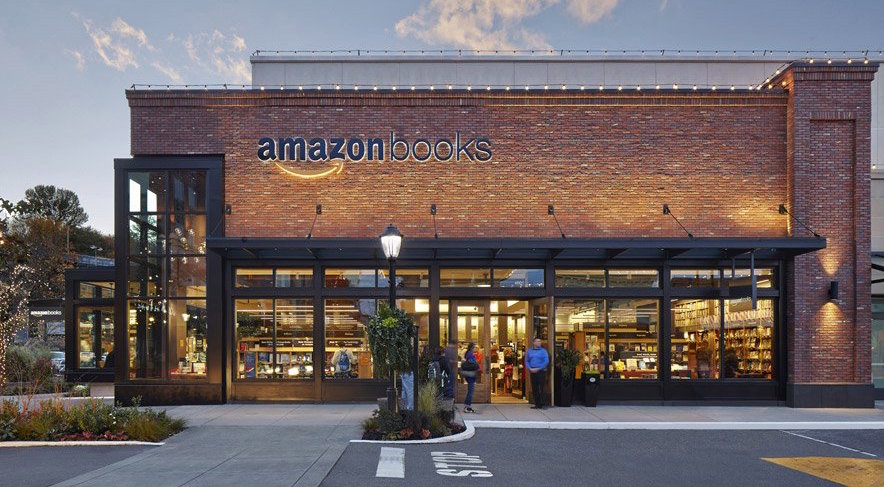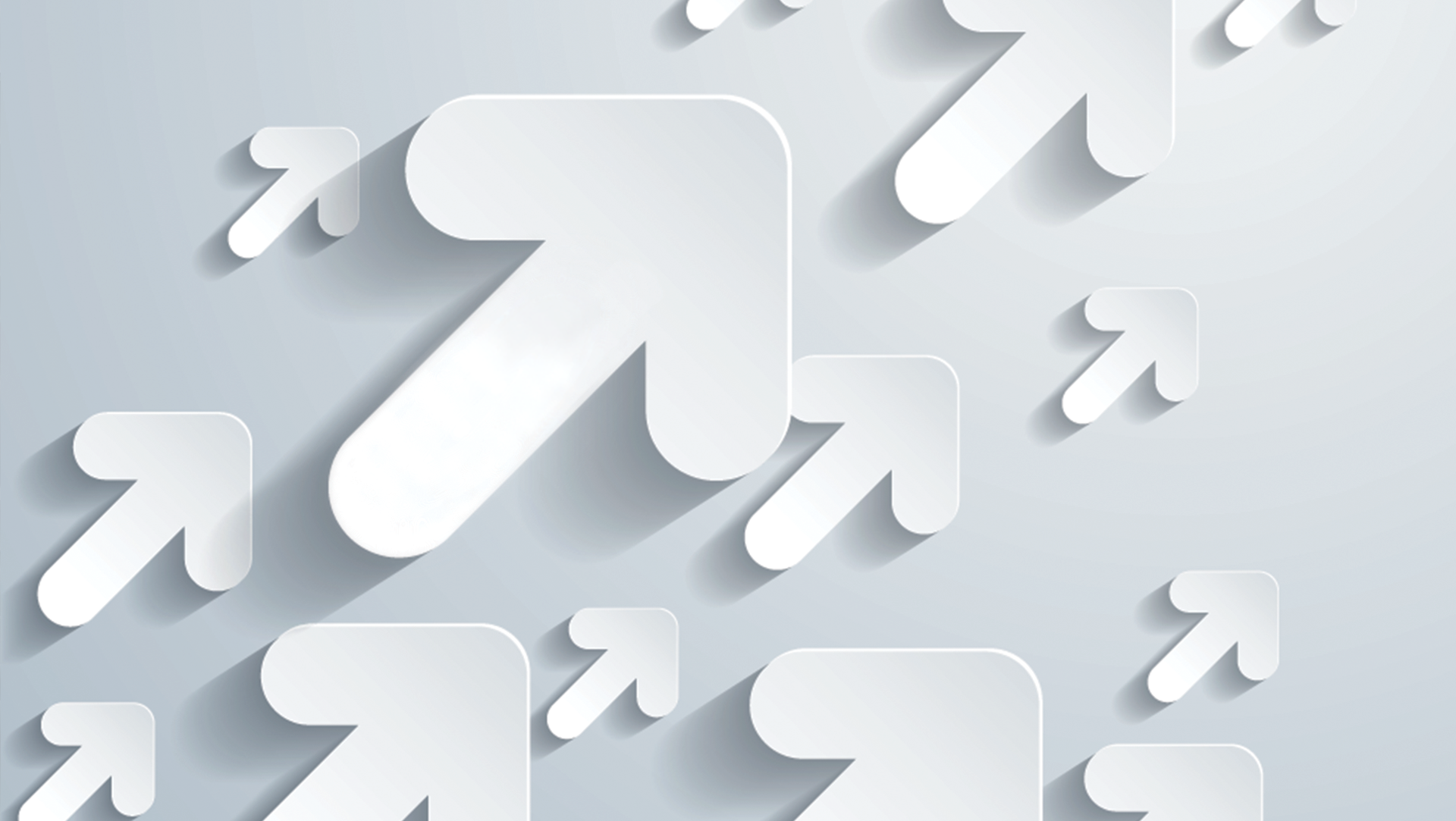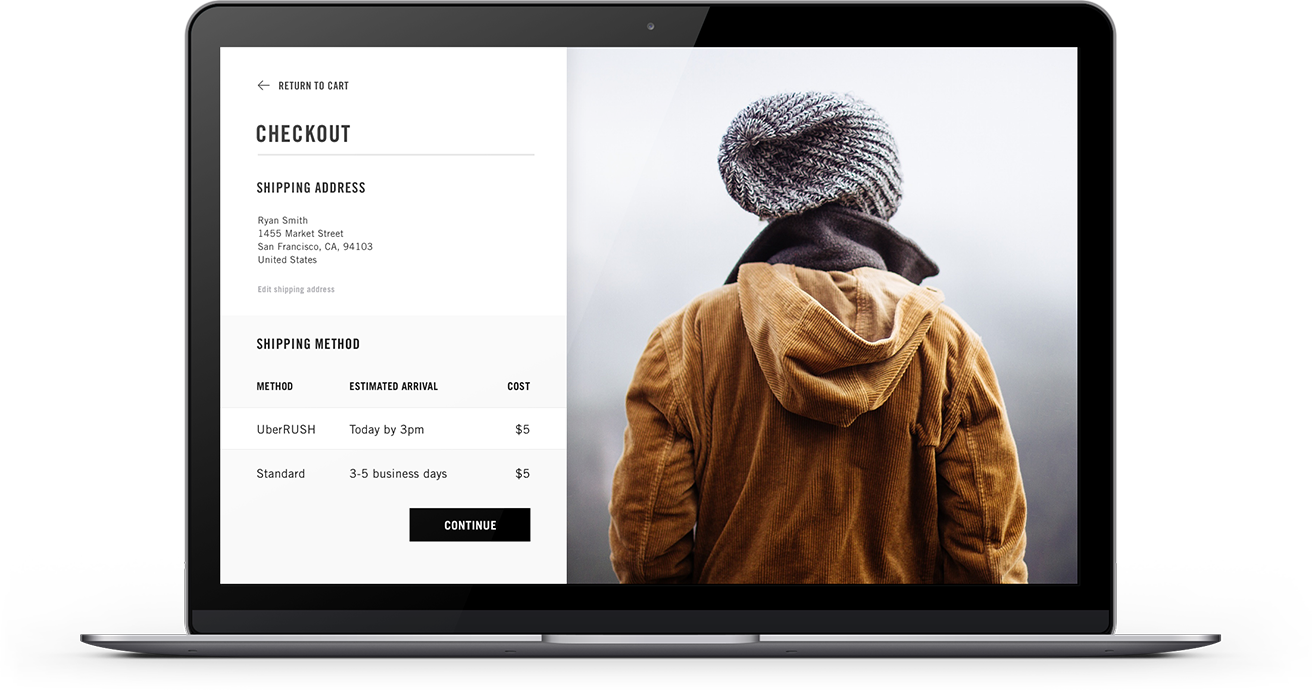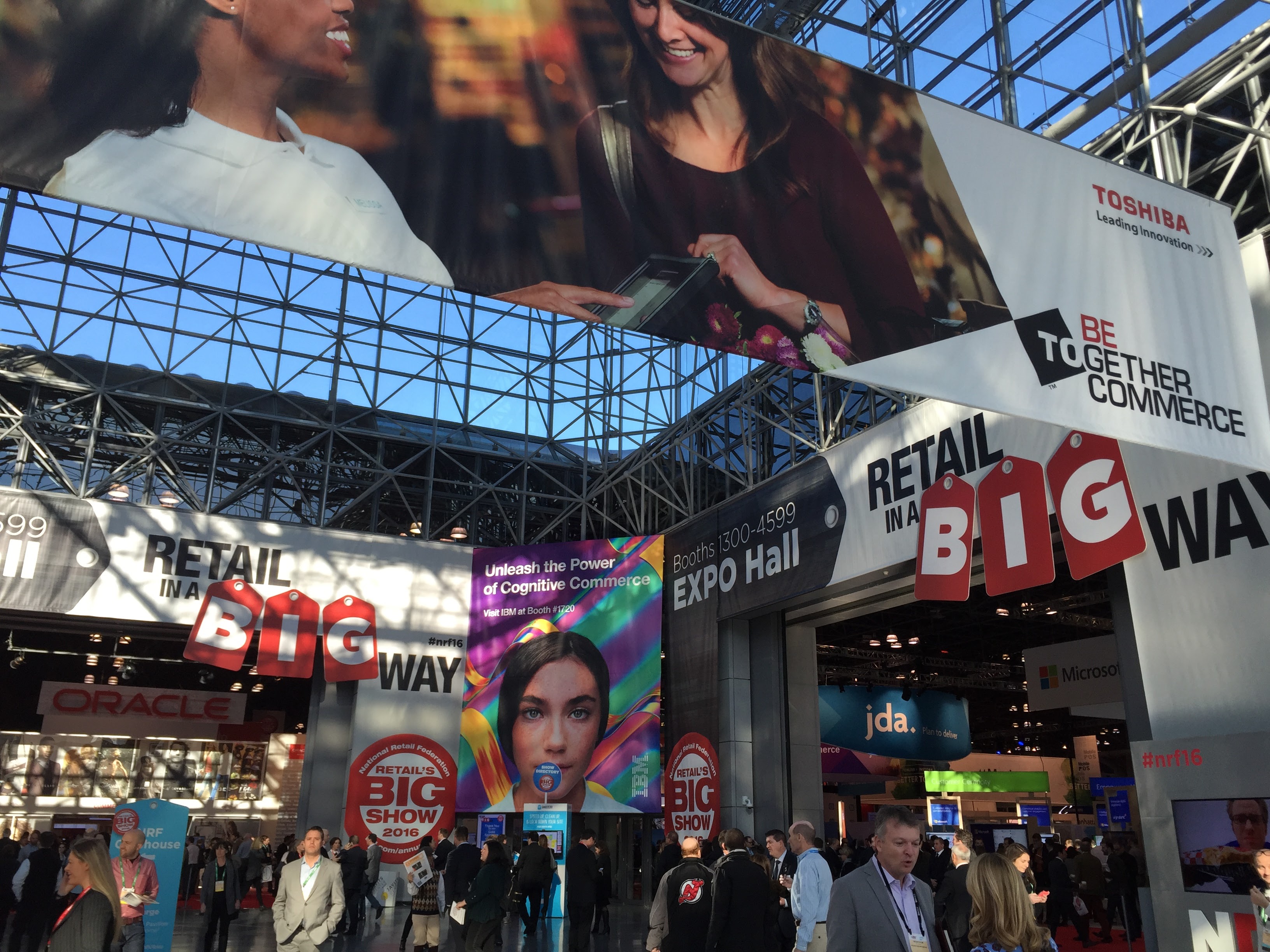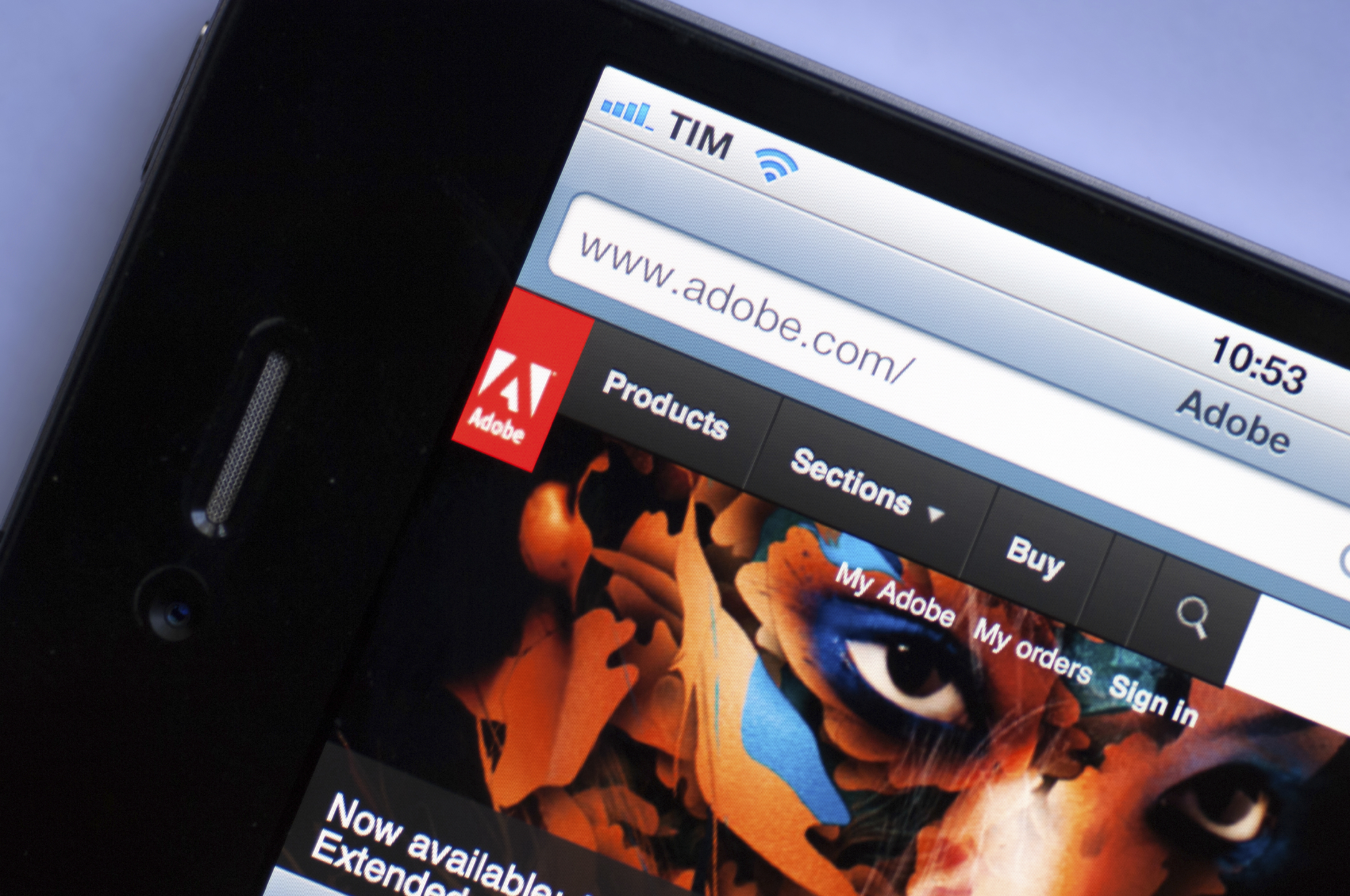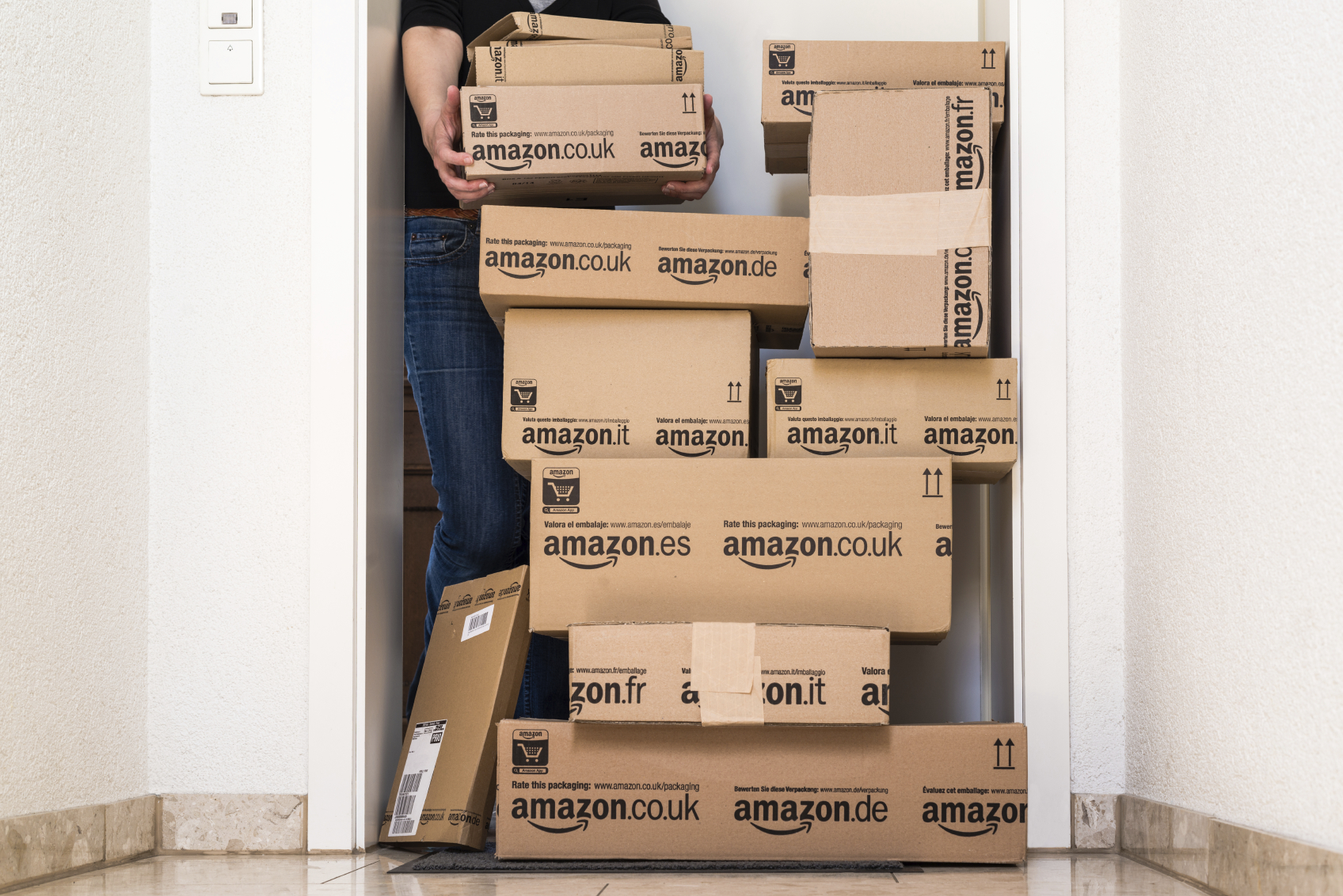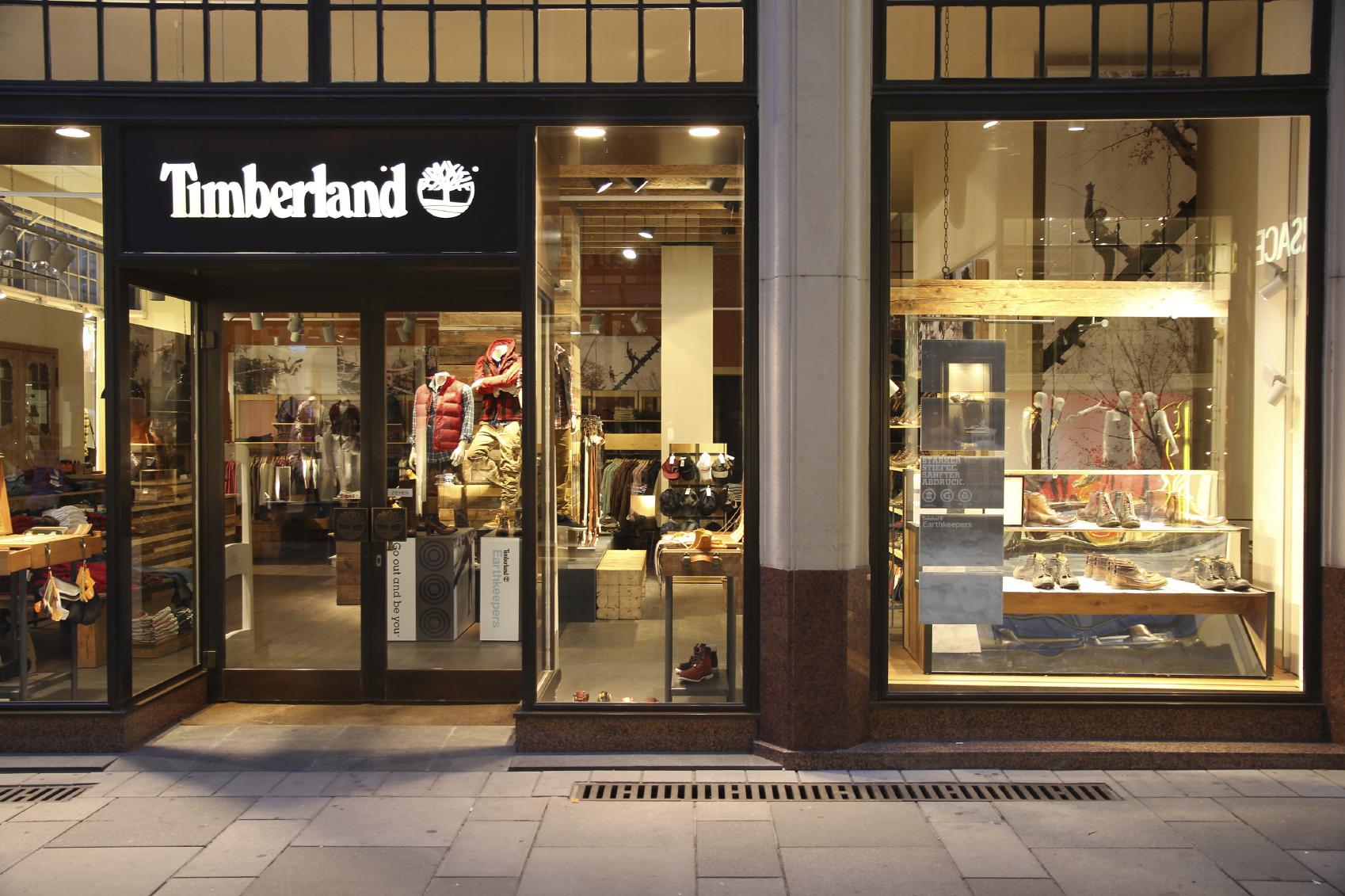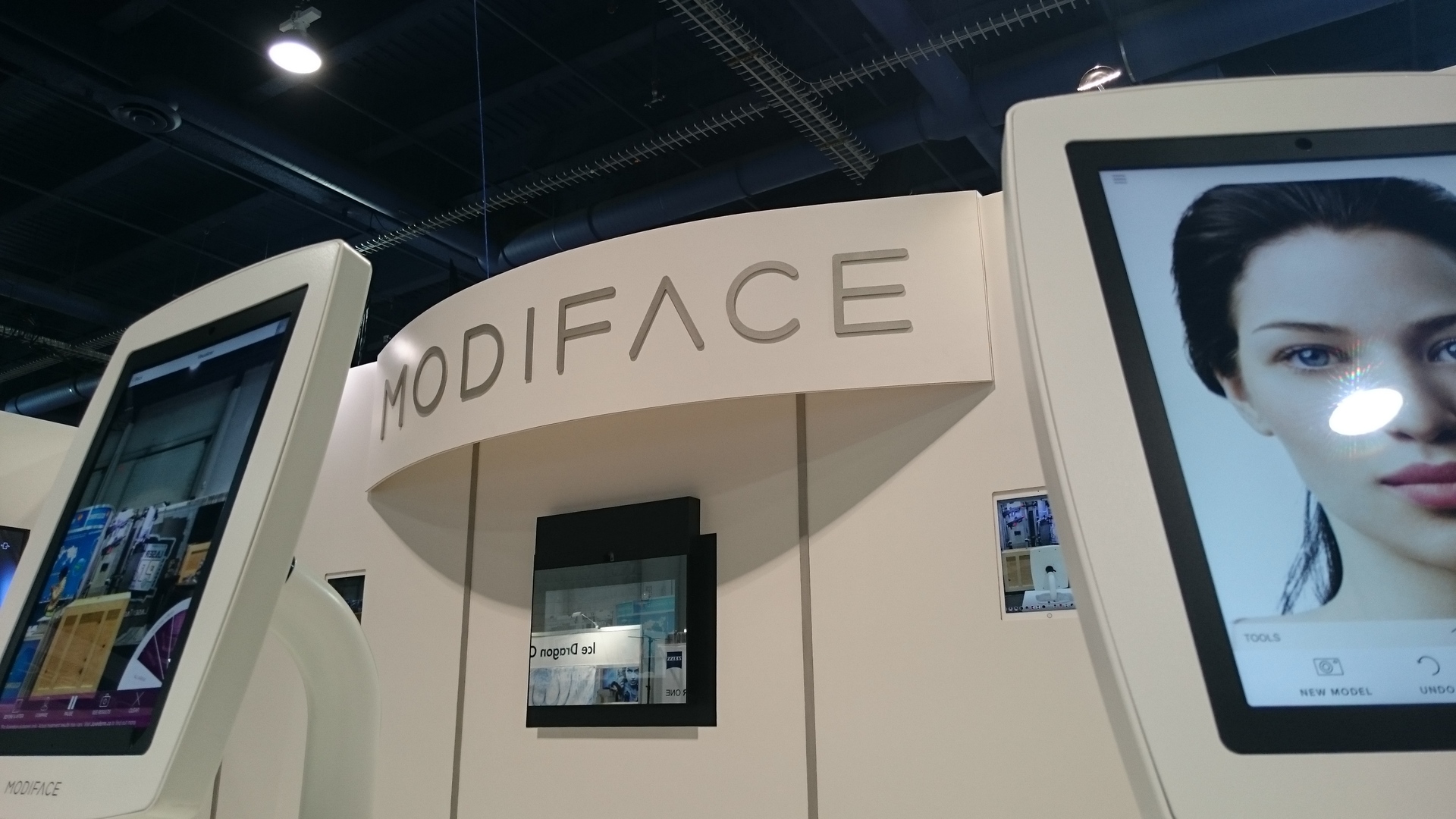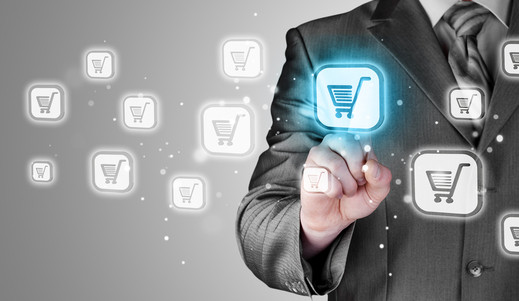It has been a busy week for the IPG Media Lab. After the madness of CES 2016 we managed to squeeze in two events before the week ended – Retail’s Big Show by NRF (retail industry’s version of CES) and Flash Pitch 2016. The beauty of attending these two events was that they couldn’t be anymore opposite.
NRF held its 105th annual retail event from Jan. 15-18th, which was attended by more than 33,500 people. As expected, the event came and went with plenty of big announcements and interesting retail technology:
RetailNext (featured in our Media Lab) BT, Intel, NexGen Packaging and SATO Global Solutions announced a global alliance called Acuitas Digital Alliance. The purpose of the alliance is to combine their technology and capabilities to make it easier for retailers to integrate their front-end and back-end analytics.
T+Ink in collaboration with WestRock and Intel showcased its smart e-ink display tag technology. These tags can be mounted on store shelves and pegs to track inventory in real-time, measure sales velocity, and allow for dynamic pricing.
Mobeam showcased its light-based beaming technology that enables POS laser scanners to read barcodes from smartphone screens. This allows retailers to integrate mobile payment, loyalty cards, membership cards, gift cards, tickets, vouchers, and digital coupons into their app, which can be read through their existing scanners at checkout. For brands, specifically CPG brands, this allows them to follow their digital coupons throughout the entire shopping journey and understand which coupons are performing and which are not.
On the other hand, The Flash Pitch event presented by NYU Polytechnic Incubator was a combination of speed pitch meets Shark Tank. Eight early-stage startups were given the opportunity to pitch for two minutes followed by a four-minute Q&A. In classic fashion, the judges from Bain Capital Ventures, BMW iVentures, Corigin Ventures and Pilot Mountain Ventures were relentless, firing questions to learn more about traction, growth strategy, defensibility, current challenges, etc.
When the dust settled, LiquidTalent, which offers companies a marketplace to find high-quality developer and designer talent on-demand, and Denarri – an electronics-focused shopping app that remembers user preferences as they use it to make future shopping faster – were the two startups that caught our eye.
